one more Branch: 

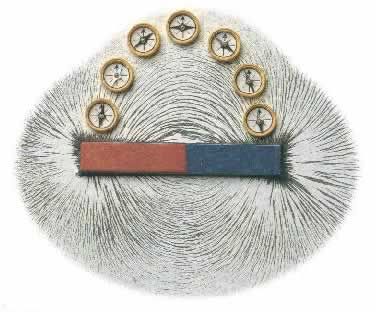
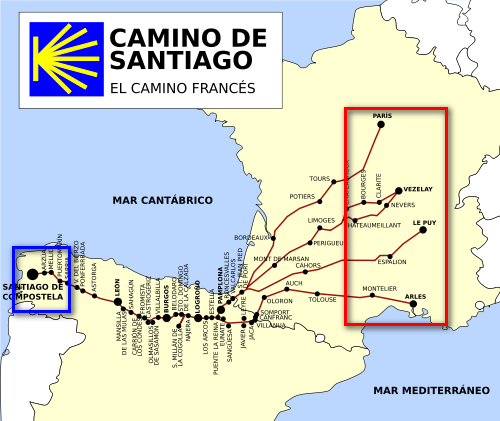
http://en.wikipedia.org/wiki/Way_of_...e_descriptions)



You are Starting to see the Pattern
The House of Light:

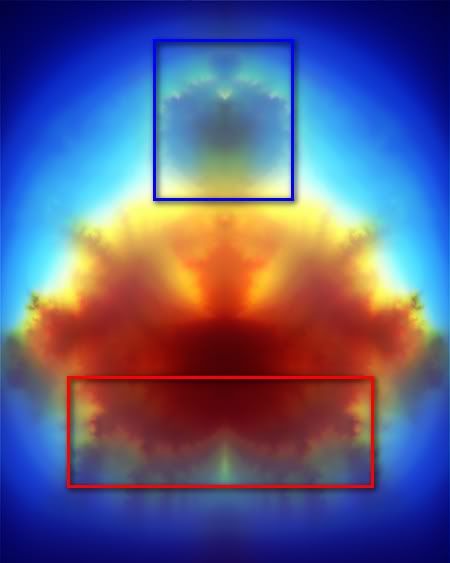
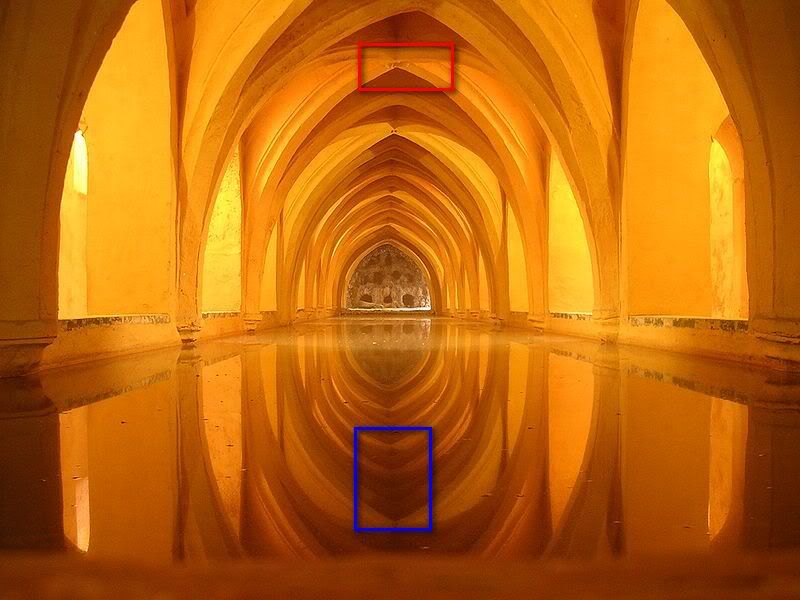
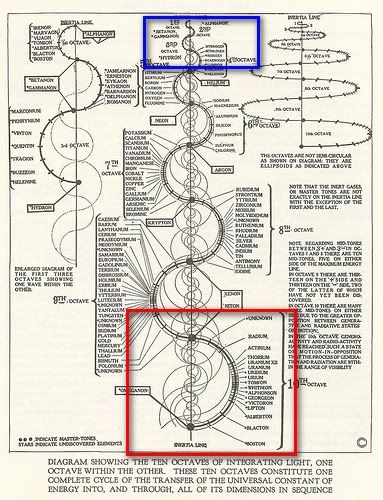

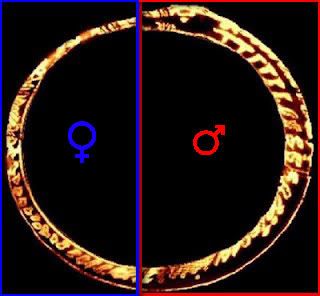





http://en.wikipedia.org/wiki/Way_of_...e_descriptions)
The French Way
For more details on this topic, see French Way.
The French Way (Spanish: Camino Francés) is the most popular of the routes. It runs from Saint-Jean-Pied-de-Port on the French side of the Pyrenees to Roncesvalles on the Spanish side before making its way through to Santiago de Compostela through the major cities of Pamplona, Logroño, Burgos and León.
[edit]
The Aragonese Way
For more details on this topic, see Aragonese Way.
The Aragonese Way (Spanish: Camino Aragonés) comes down from the Somport pass in the Pyrenees and makes its way down through the old kingdom of Aragon. It follows the River Aragón passing through towns such as Jaca. It then crosses into the province of Navarre to Puente La Reina where it joins the Camino Francés.
[edit]
The Northern Way
A route marker on the Cantabrian coast.
The Northern Way (Spanish: Camino del Norte) runs from France at Irún and follows the northern coastline of Spain to Galicia where it heads inland towards Santiago joining the Camino Francés at Arzúa. This route follows the old Roman road, the Via Agrippa, for some of its way and is part of the Coastal Route (Spanish: Ruta de la Costa).
The route passes through San Sebastian, Gernika, Bilbao, and Oviedo. It is less populated, lesser known and generally more difficult hiking. Shelters are 20 to 35 kilometers apart, rather than there being albuergues or monasteries every four to ten kilometers as on the Camino Frances.
[edit]
The Tunnel Way
The Tunnel Way is also known as the Tunnel Route, the Basque Inland Route and the San Adrian Route. In the Early Middle Ages, when the Northern (Coastal) Way was subject to the Vikings' skirmishes and Muslim presence and forays threatened pilgrims and trade routes in the borderlands, the Tunnel Way provided a safe road north of the frontier area, i.e. Gipuzkoa and Alava. This may be the oldest and most important stretch of the Way of St. James up to its heyday in the 13th century. From the starting point in Irun, the road heads south-west up the Oria valley (Villabona, Ordizia, Zegama), reaches its highest point at the San Adrian tunnel and runs through the Alavan plains (Zalduondo, Salvatierra/Agurain, Vitoria-Gasteiz and Miranda de Ebro). Yet previous to the latter, nowadays pilgrims usually take a detour south towards Haro and on to Santo Domingo de la Calzada on account of its better provision.
[edit]
The English Way
The English Way (Spanish: Camino Inglés) is traditionally for pilgrims who travelled to Spain by sea and disembarked in Ferrol or A Coruña. These pilgrims then made their way to Santiago overland. It is so called because most of these pilgrims were English though some come from all points in northern Europe.
[edit]
The Portuguese Way
The Portuguese Way (Spanish: Camino Portugués) begins at Porto in north-west Portugal.[1] Pilgrims travel north crossing the Lima and Minho rivers before entering Spain and then on to Padron before arriving at Santiago. It is the second most important way, after the French one, and is 227 km long. A popular start point for a 108 km walk to Santiago is at Valença, Portugal, by the Spanish border, through Tui, Galicia.
[edit]
The Camino Mozárabe and the Via de La Plata
Known in English as the Silver Route (sometimes as 'Way').
The Via de La Plata (once a Roman causeway joining Italica and Asturica Augusta) starts in Seville from where it goes north to Zamora via Cáceres and Salamanca. It is much less frequented than the French Way or even the Northern Way. After Zamora there are two options. The first route heads west and reaches Santiago via Ourense. The other route continues north to Astorga from where pilgrims can continue west along the Camino Francés to Santiago.
The Camino Mozárabe route from Granada passes through Córdoba and later joins up with the Via de La Plata in Mérida.
For more details on this topic, see French Way.
The French Way (Spanish: Camino Francés) is the most popular of the routes. It runs from Saint-Jean-Pied-de-Port on the French side of the Pyrenees to Roncesvalles on the Spanish side before making its way through to Santiago de Compostela through the major cities of Pamplona, Logroño, Burgos and León.
[edit]
The Aragonese Way
For more details on this topic, see Aragonese Way.
The Aragonese Way (Spanish: Camino Aragonés) comes down from the Somport pass in the Pyrenees and makes its way down through the old kingdom of Aragon. It follows the River Aragón passing through towns such as Jaca. It then crosses into the province of Navarre to Puente La Reina where it joins the Camino Francés.
[edit]
The Northern Way
A route marker on the Cantabrian coast.
The Northern Way (Spanish: Camino del Norte) runs from France at Irún and follows the northern coastline of Spain to Galicia where it heads inland towards Santiago joining the Camino Francés at Arzúa. This route follows the old Roman road, the Via Agrippa, for some of its way and is part of the Coastal Route (Spanish: Ruta de la Costa).
The route passes through San Sebastian, Gernika, Bilbao, and Oviedo. It is less populated, lesser known and generally more difficult hiking. Shelters are 20 to 35 kilometers apart, rather than there being albuergues or monasteries every four to ten kilometers as on the Camino Frances.
[edit]
The Tunnel Way
The Tunnel Way is also known as the Tunnel Route, the Basque Inland Route and the San Adrian Route. In the Early Middle Ages, when the Northern (Coastal) Way was subject to the Vikings' skirmishes and Muslim presence and forays threatened pilgrims and trade routes in the borderlands, the Tunnel Way provided a safe road north of the frontier area, i.e. Gipuzkoa and Alava. This may be the oldest and most important stretch of the Way of St. James up to its heyday in the 13th century. From the starting point in Irun, the road heads south-west up the Oria valley (Villabona, Ordizia, Zegama), reaches its highest point at the San Adrian tunnel and runs through the Alavan plains (Zalduondo, Salvatierra/Agurain, Vitoria-Gasteiz and Miranda de Ebro). Yet previous to the latter, nowadays pilgrims usually take a detour south towards Haro and on to Santo Domingo de la Calzada on account of its better provision.
[edit]
The English Way
The English Way (Spanish: Camino Inglés) is traditionally for pilgrims who travelled to Spain by sea and disembarked in Ferrol or A Coruña. These pilgrims then made their way to Santiago overland. It is so called because most of these pilgrims were English though some come from all points in northern Europe.
[edit]
The Portuguese Way
The Portuguese Way (Spanish: Camino Portugués) begins at Porto in north-west Portugal.[1] Pilgrims travel north crossing the Lima and Minho rivers before entering Spain and then on to Padron before arriving at Santiago. It is the second most important way, after the French one, and is 227 km long. A popular start point for a 108 km walk to Santiago is at Valença, Portugal, by the Spanish border, through Tui, Galicia.
[edit]
The Camino Mozárabe and the Via de La Plata
Known in English as the Silver Route (sometimes as 'Way').
The Via de La Plata (once a Roman causeway joining Italica and Asturica Augusta) starts in Seville from where it goes north to Zamora via Cáceres and Salamanca. It is much less frequented than the French Way or even the Northern Way. After Zamora there are two options. The first route heads west and reaches Santiago via Ourense. The other route continues north to Astorga from where pilgrims can continue west along the Camino Francés to Santiago.
The Camino Mozárabe route from Granada passes through Córdoba and later joins up with the Via de La Plata in Mérida.



You are Starting to see the Pattern

The House of Light:









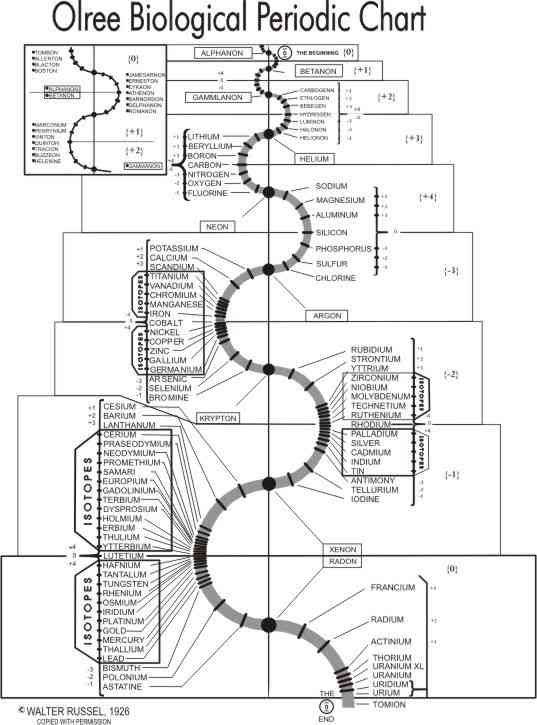




 ...
... 


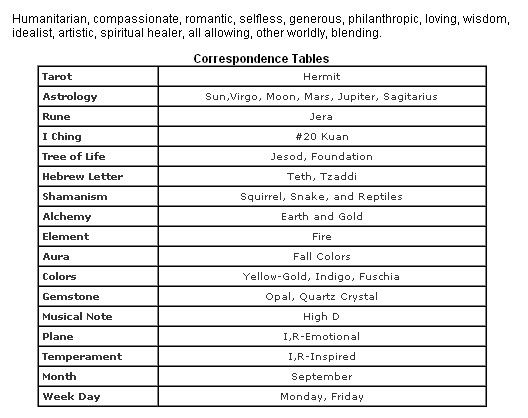












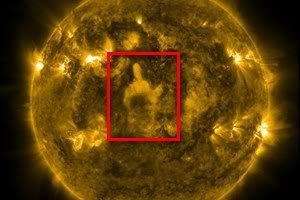

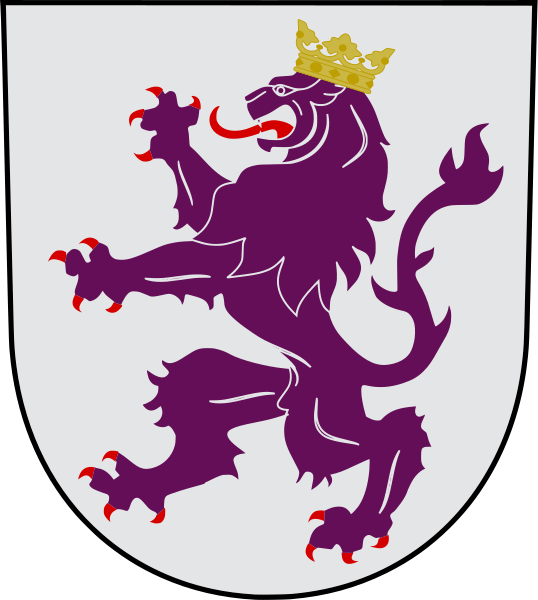






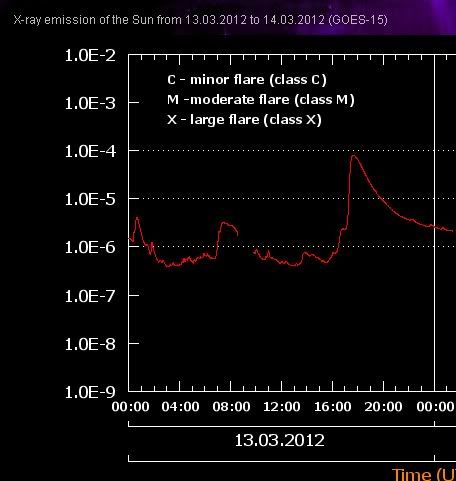

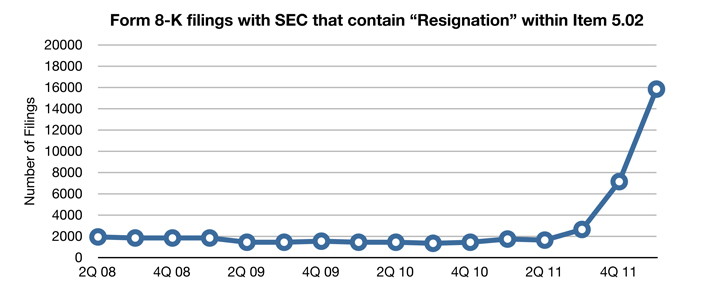

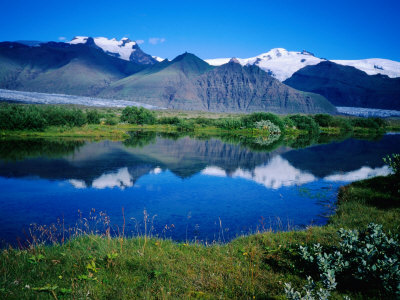

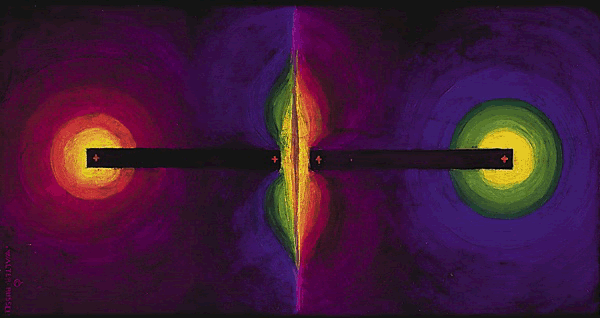


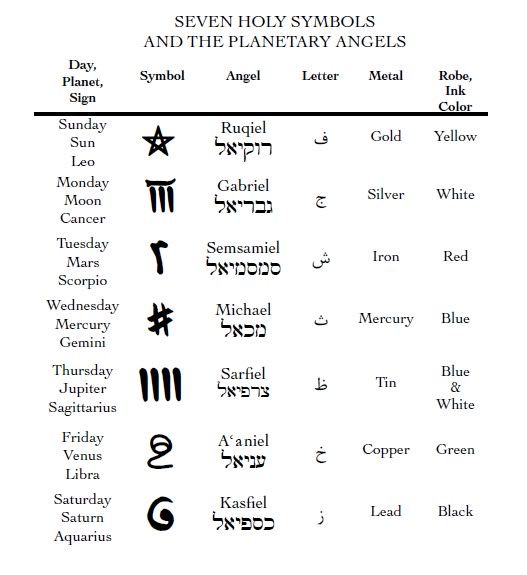

Comment